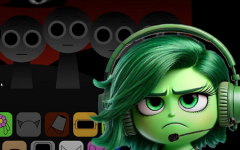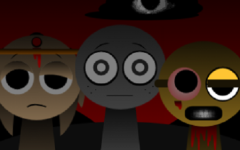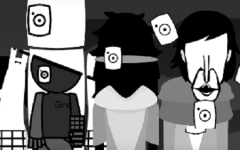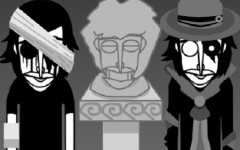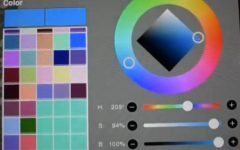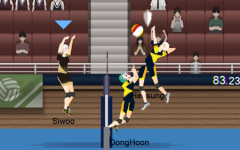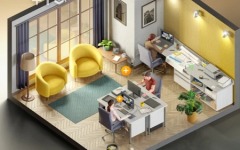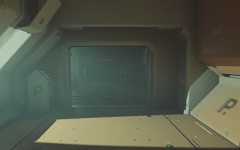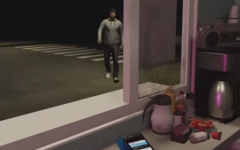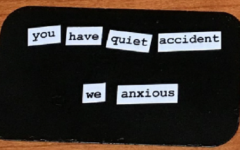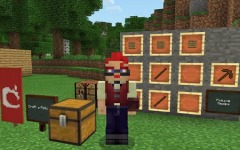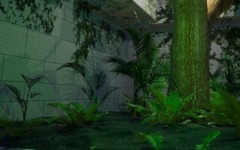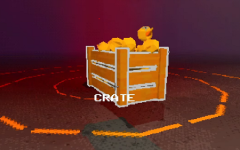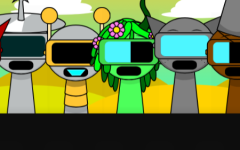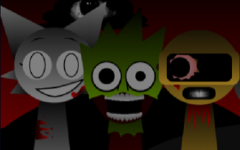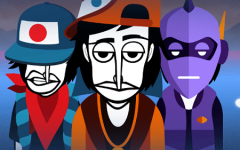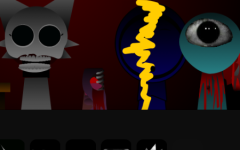Advertisement
Wenda Treatment But Retake
Advertisement
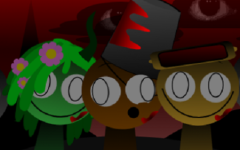
Wenda Treatment But Retake introduces a reinterpretation of the original loop-building experience, focusing on altered aesthetics and reorganized audio behavior. This version keeps the core concept of interactive music generation but modifies both the sound palette and the way visual feedback functions. Characters are now redesigned to act as shifting audio elements rather than static loop triggers. The interface still relies on drag-and-drop interaction, but each placement now leads to dynamic reactions from the environment.
Altered Loop Logic And Feedback
Unlike the earlier Wenda Treatment formats, Retake adds new behaviors to loops depending on the sequence of placement and overlap. Characters don’t simply produce a sound — they affect each other’s output depending on proximity and order. As the grid fills, the resulting soundscape becomes less repetitive and more reactive. Animations tied to characters respond not only to the beat but to surrounding figures, making each arrangement behave like a living system rather than a fixed pattern.
Updated Features And Variations
This version includes several mechanical changes that make sound composition less predictable and more open-ended. Players are encouraged to test how different combinations of characters influence the soundscape and visuals simultaneously.
New elements include:
- Characters with evolving audio based on grid position
- Backgrounds that respond to volume intensity and sound density
- Visual flicker effects triggered by loop rhythm mismatches
- A layout that adapts to browser width with no performance loss
- Open sessions with no score or tracking system
Each session plays differently depending on player interaction and loop layering choices.
Focus On Emergent Design
Rather than guiding players toward a completed track, Wenda Treatment But Retake provides a space for continuous rearrangement. Loops fade, transform, or distort as they remain on the grid, encouraging players to revise and adapt over time. With no fixed outcome or goal, the experience becomes a cycle of discovery and reconfiguration. The interface supports both passive listening and active experimentation, depending on the user’s intent.
This approach invites the player to explore unpredictability. Wenda Treatment But Retake shifts the focus from producing clean audio to observing how imperfect sequences behave. Each interaction feels like a small test within a larger system that resists repetition — turning every session into a different version of sound construction.






















































































































